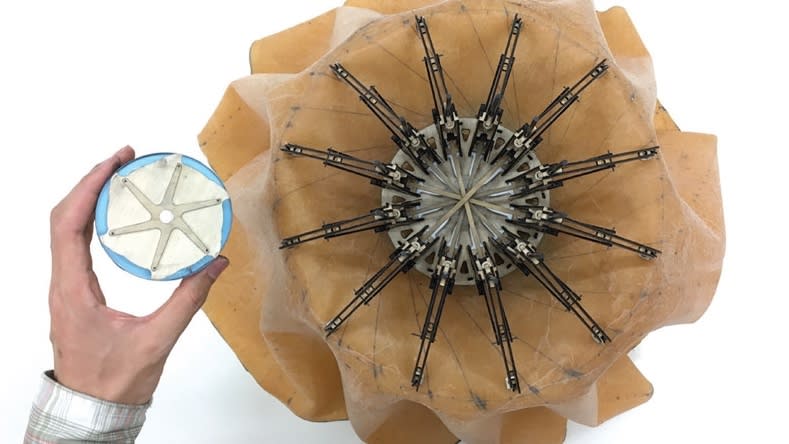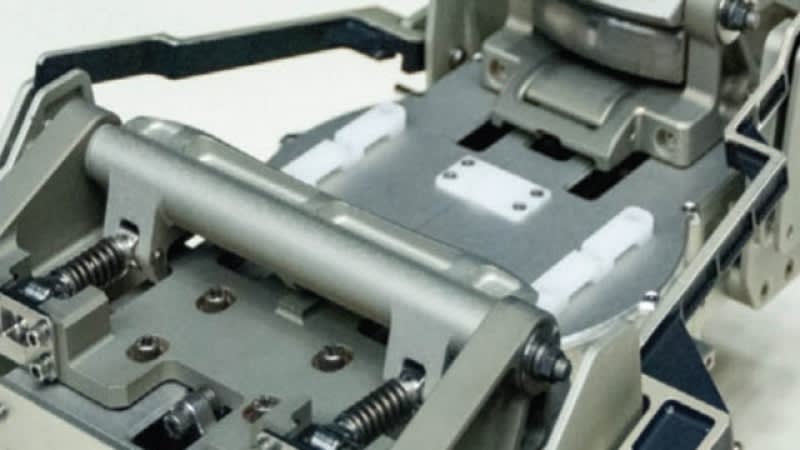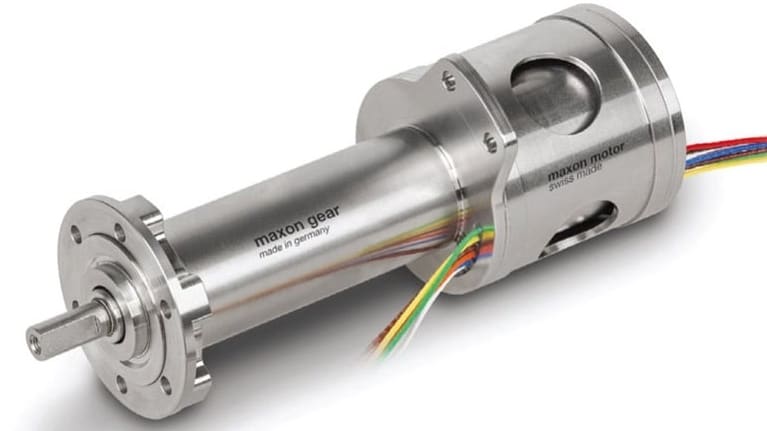The Nitrous Oxide Ethylene-Ethane (NEE) engine uses nitrous oxide as an autogenously pressurizing oxidizer, and a mixture of ethane and ethylene is used in the same manner as fuel. Initially, the ethane and ethylene mixture has the same vapor pressure as the nitrous oxide. By using the autogenous pressurization capabilities of these propellants, instead of an additional pressurization system, greater system simplicity and reliability can be attained. The NEE can obtain a specific impulse of 320 s, making it the highest-performing, non-toxic, storable bipropellant rocket propulsion system in existence at the time of this reporting.
Because the fuel and the oxidizer can be autogenously pressurized, and have the same vapor pressure, they can be stored in lightweight, common bulk-head tanks. These propellants are readily available, low-cost fluids that can remain liquid down to –70 °C, which allows the spacecraft to be used in many places in the solar system without fear of the propellant freezing. A further advantage is that the nitrous oxide gas employed as an oxidizer by the NEE can be used as a monopropellant by itself, or as a source of breathing gas, thereby enabling development of a spacecraft that uses a common resource to support main propulsion and RCS (reaction control system) propulsion while providing a provision for breathable air for a crew. The gas heads of both propellants may also be used to support the operation of gas-gas biprop RCS thrusters, thus allowing RCS functions to be performed at high Isp (specific impulse).
This work was done by Robert Zubrin and Colin Apke of Pioneer Astronautics for Marshall Space Flight Center. For more information, contact Ronald C. Darty, Licensing Executive in the MSFC Technology Transfer Office, at






















